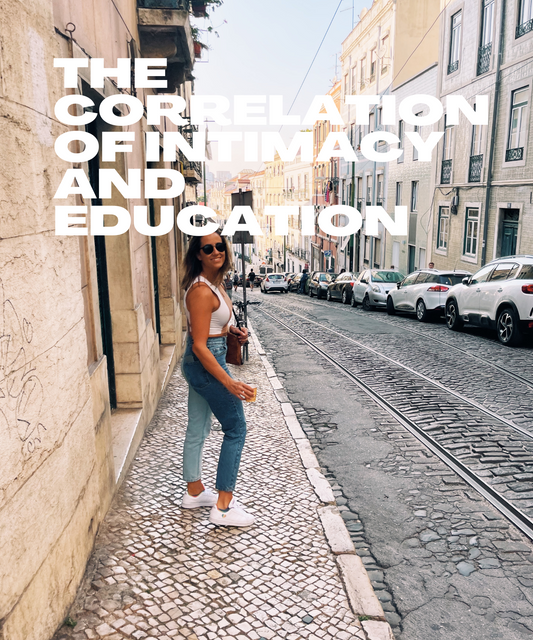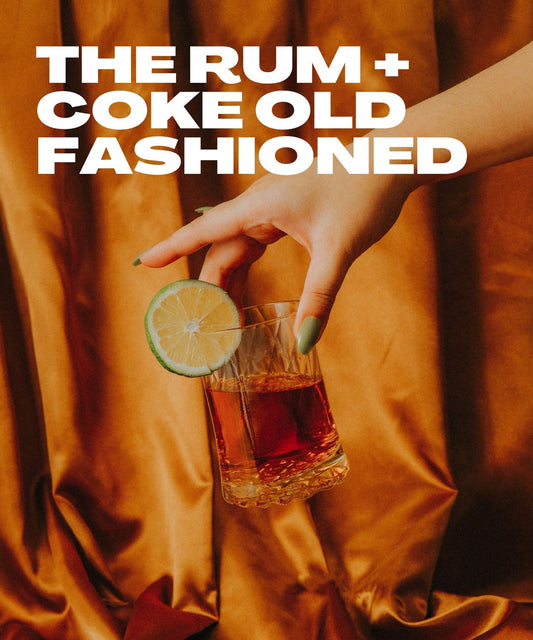Seco Cocktails Blog
the rum + coke old fashioned

recipe:
.25 oz angostura bitters
.75 oz cola syrup
.75 oz amaro montenegro
.75 oz white rum
.75 oz blackstrap rum
technique:
combine ingredients in a glass or a yari and stir with ice until properly diluted. (you can take small tastes as you stir.) strain the cocktail, holding back the ice, into a double rocks glass over a large cube. garnish with a lime slice.
cola syrup:
12 oz coca-cola
8 oz white sugar
bring the coca-cola to a boil and immediately cut off the heat. combine these ingredients and refrigerate until cool.
the weekend rebujito
make better cocktails

Learn the basic theories, techniques, and classic ratios. They will help lend you the structure needed to later get creative. A great first step is to learn when a cocktail is meant to be stirred and when a cocktail is meant to be shaken. Aromatic-style cocktails, also referred to as 'boozy' or 'spirit-forward' contain only alcoholic ingredients and sugars; think Old Fashioned, Manhattan, Martini and Negroni. Stirring allows for dilution and chilling and creates a textured and silky final product. Sours, flips, and everything in between require shaking for the added aeration and homogenization. Shaking creates a frothier, often lighter texture. Shake whenever the cocktail incorporates citrus, cream, eggs and other fruits.
Ice is the most important ingredient in your drink. Add your ice last. I know, I know, this is quite counterintuitive. Building your cocktail first allows you to have more control over the dilution and how quickly your drink gets cold. Check out my blog post on ice to learn more.
Use real ingredients, not pre-bottled juice. Everything you do matters and your cocktail is only as good as your worst ingredient. Grab a lime. Squeeze it. Use quality spirits... this doesn't mean expensive! Stay away from pre-made syrups full of ingredients that won't add any value to your cocktail.
Work on balance before you introduce new spirits or new flavors. Perfect the Daquiri, perfect the Old Fashioned. Understand dilution and how it affects different cocktails. Shake a cocktail, shake 100. Recognize the change in sound as the ice cracks and your cocktail changes into its final form. Stir a Manhattan with a 1:1 ratio. Stir a Manhattan with a 2:1 ratio. Do them at the same time, taste the difference. Find out how YOU like YOUR Martini.
Measure EVERYTHING. Remember that you aren't making a huge pot of chili, you're making a 3-5 oz beverage. Every .25 oz you change will make a huge difference.
Most importantly, if you're in charge of making drinks for the night (hey, bartender) don't judge people for what they're drinking.
on ice
On Ice
Ice is the most important ingredient in your cocktail. I said it, and I meant it. Ice controls dilution and temperature. Dilution and temperature are crucial to the overall balance and drinkability of your cocktails.
We are able to taste different flavors at different temperatures. Cold drinks taste less sweet. Cold drinks taste less like ethanol. (Ethanol cannot be tasted below 27 degrees F.)
A good drink is stirred, shaken, or built to different levels of dilution depending on the type of cocktail it is. The more ice you use, the less your cocktail will melt. Your colder will also be colder for longer.
So what is 'good ice?' Good ice is clear and free of trapped air particles. Good ice has very little surface area. (This is why we use the large, clear cubes!) Check out all the cocktails that call for large cubes here!
How to Make Clear Ice
Freeze the ice:
Find something large enough to fill with water that still fits in your freezer. A cooler such as this would work very well! Fill the small cooler with about 5 inches of warm water. For general clarity and sanitization, I do recommend boiling the water and letting it cool to a warm temperature. Make sure not to pour the hot water in the cooler.
Place the cooler in the freezer (no lid). Freeze for about 24 hours, or until mostly frozen. You’ll want to see just a bit of water under the ice which helps to prevent cloudiness in the ice.
Temper the ice:
Remove the the cooler from the freezer and place upside down for about 10 min. The ice block should fall out, but you may need to jiggle ever so slightly.
Create cubes:
Here's the hardest part. You'll need an ice pick, a serrated knife and a large cutting board. Start by 'marking' your ice, or drawing a faint line with your knife where you want to cut. You can use a towel with your other hand to help it from slipping. Continue to cut through the block of ice to the size you desire. Once you have cut about 1/2 of the way through, you can typically use an ice pick to tap in the groove, and the ice will break where you have cut it. Then repeat that process to make your cubes.
Storage:
I alway recommend keeping your ice in a sealed bag so that it doesn't absorb the flavors of everything else in your freezer. Upon use, temper your ice for a fee min before use and you will notice much less cracking!
The easier (but less fun) way:
Buy this.






